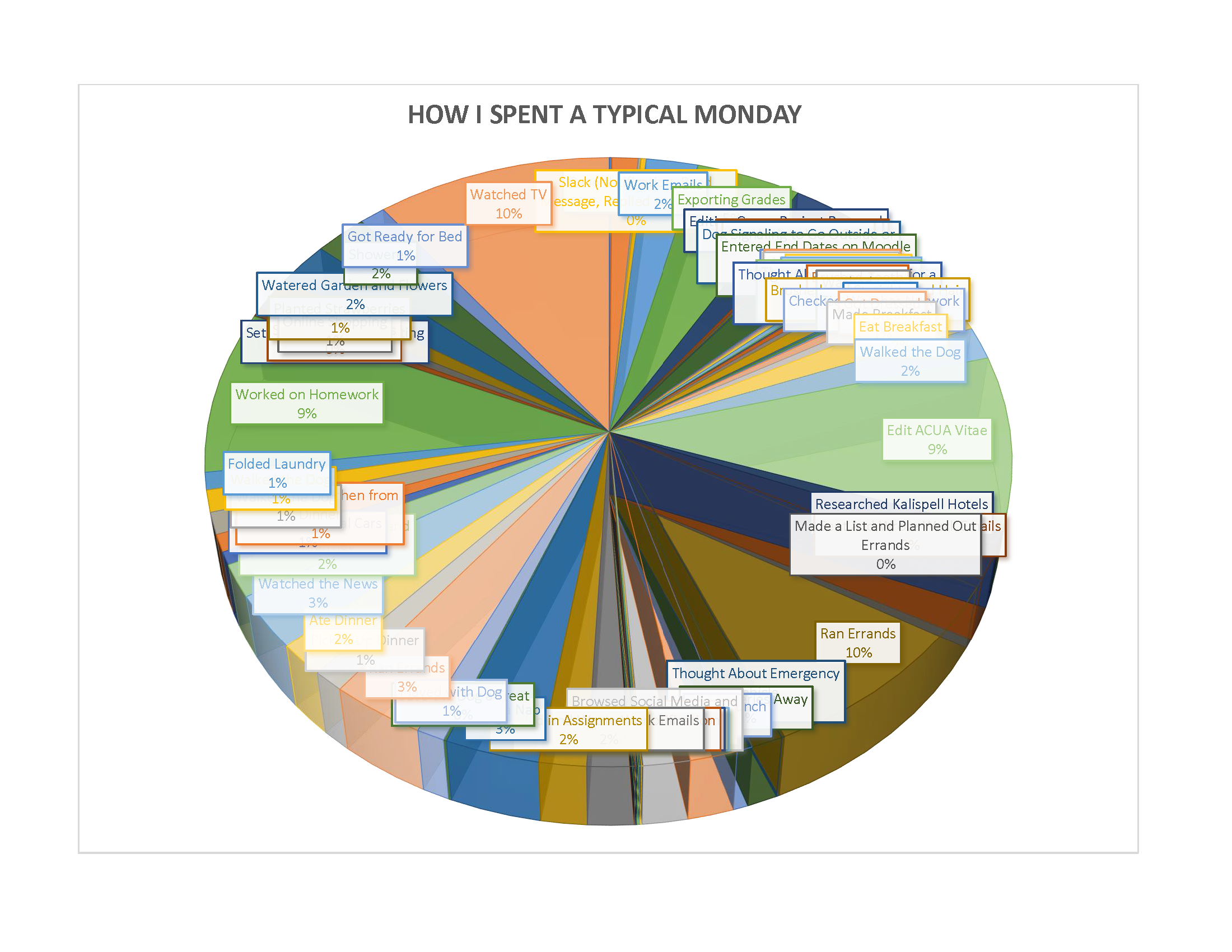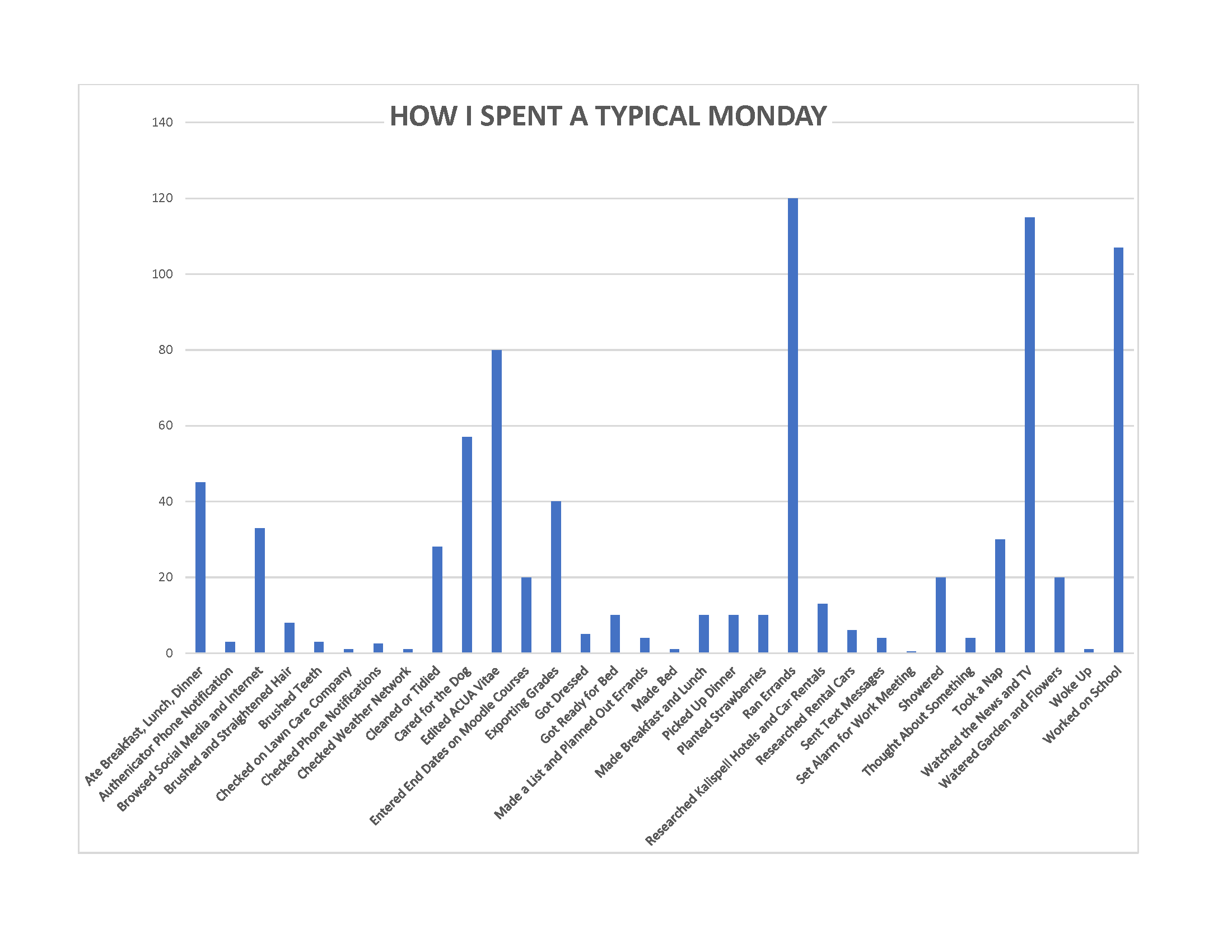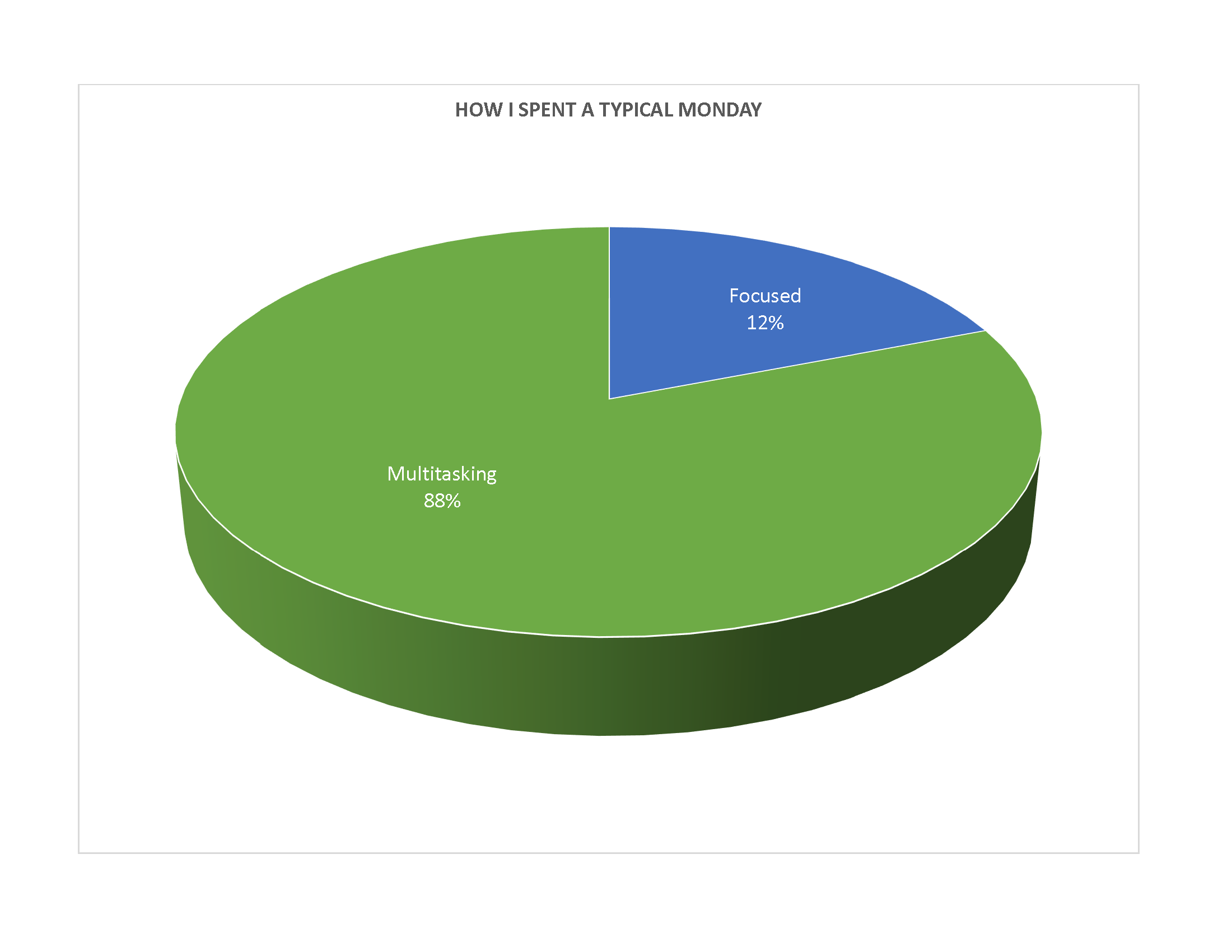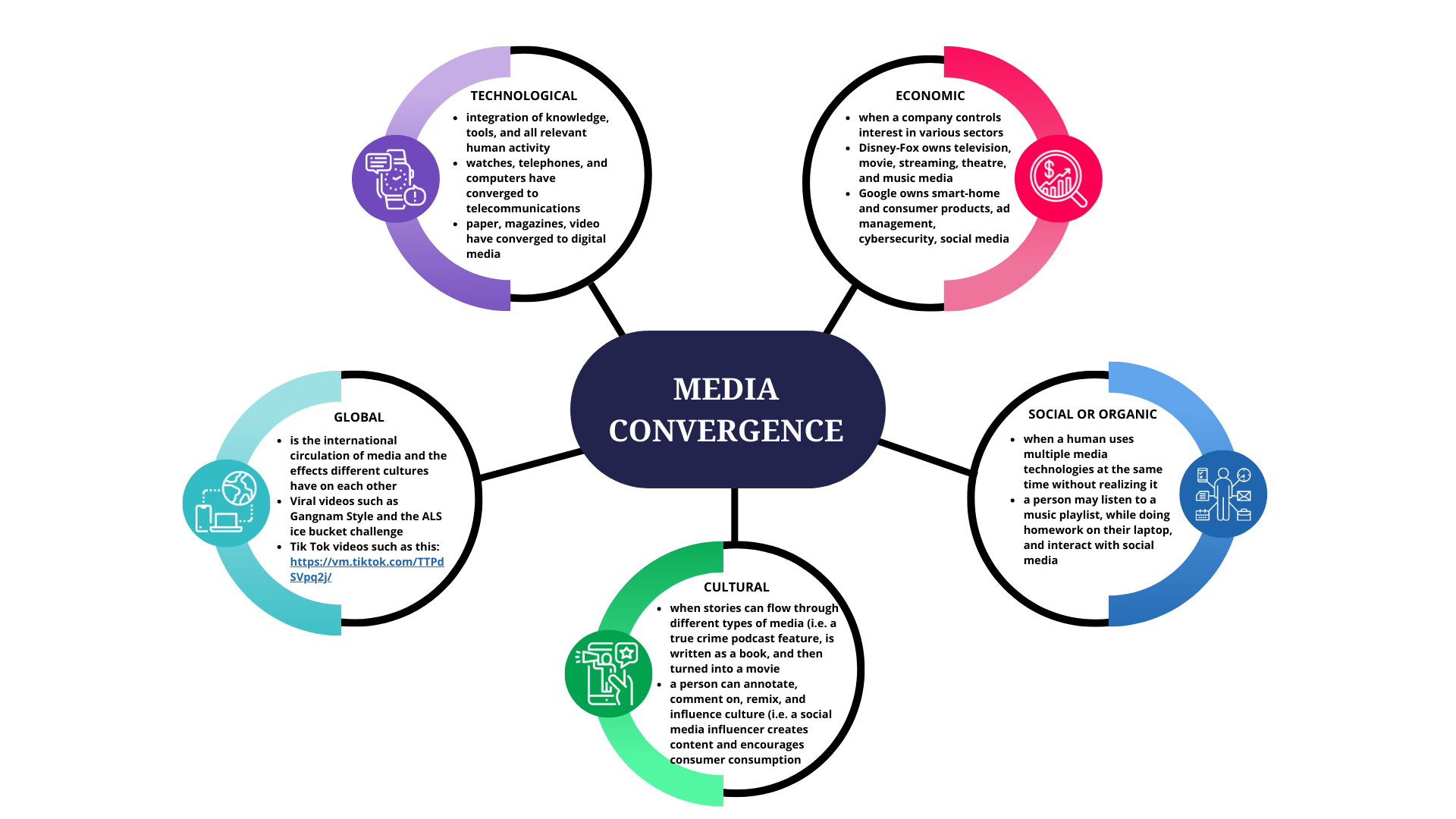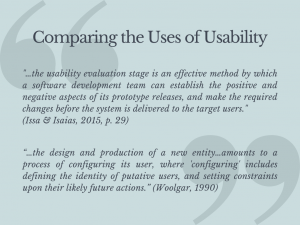Our team designed a web-based resource for adult educators who teach community-based, non-credit workshops and courses for community colleges and non-profit organizations. The intent was to create an asynchronous resource for adult educators that is easy to access and allows for the opportunity to connect with peers to provide feedback, share resources, and create a sense of community. We did this by creating resource, community, and feedback sections in our tool. It was important for us to design a user-friendly web-based resource to maximize a users learnability, efficiency, and satisfaction with our design. We used Issa and Isaias’ (2015) idea of designing a resource with a user-centred approach, rather than designing a system for every end user. We also initially launched this tool with a focus on resources that educate on adult learning theories and adult learning strategies, as we felt our target audience were professionals in the fields they were teaching, such as nursing, but didn’t necessarily have academic training in the area of education and would initially benefit from these resources. The idea and vision for our tool was definitely that of one of our team members. In the beginning, I was confused at times about what the vision of the project was, as the ideas were always very big and not focused. In terms of my contributions, I attended team meetings and asked questions to focus the vision of the project. As well as, contributed to all aspects of the design; none of us had clear design roles. Our team decided that each of us should touch every aspect of the tool to ensure it was designed efficiently. Once tool was designed, I took the lead on creating a PowerPoint for our presentation and worked with our team to split the presentation up.
The main features of usability we focused on were learnability, efficiency, and satisfaction (Issa & Isaias, 2015), as we felt these were key usability features to ensure a user-friendly tool. We felt our web-based design was intuitive for the user, and can be easily learned by reading and clicking. We also felt that using specific buttons, interlinks, and menus easily allowed the user to go to specific areas of our website and was efficient. And that overall simple design of our tool, would be satisfying to the user.
Overall, our team worked well together. We didn’t have any issues with getting work done and splitting up tasks. Our biggest challenges came from using Google Sites and the limited functionality this freeware provides. I have never used Google Sites before and going forward would likely not use this freeware again. As a novice website creator, I think WordPress is more robust and has more apps that can enable more functionality on a website.
I’m a big advocate for the use of technology in education and designing online asynchronous learning opportunities for learners. I feel that the resource that we created will be a great online resource for adult educators. However, as I reflect back on this class and the readings we’ve done, I have to say that Crawford (2021) made a huge impact on me in Atlas of AI, Chapter 1: Earth. I will forever think about the environmental impacts that technology has on the Earth, as I always thought of it as a more environmentally friendly option. As an advocate of technology in education, I’m contributing to the devastation that mining has on the Earth and am guilty of overlooking this in the technological process and know that going forward will look for more environmentally friendly technology solutions.
References
Crawford, K., & Yale University Press Complete eBook-Package 2021. (2021). Atlas of AI: Power, politics, and the planetary costs of artificial intelligence. Yale University Press.
Issa T. & Isaias P. (2015) Usability and human computer interaction (HCI). In Sustainable Design (pp. 19-35). Springer, London. https://doi-org.ezproxy.library.ubc.ca/10.1007/978-1-4471-6753-2_2
